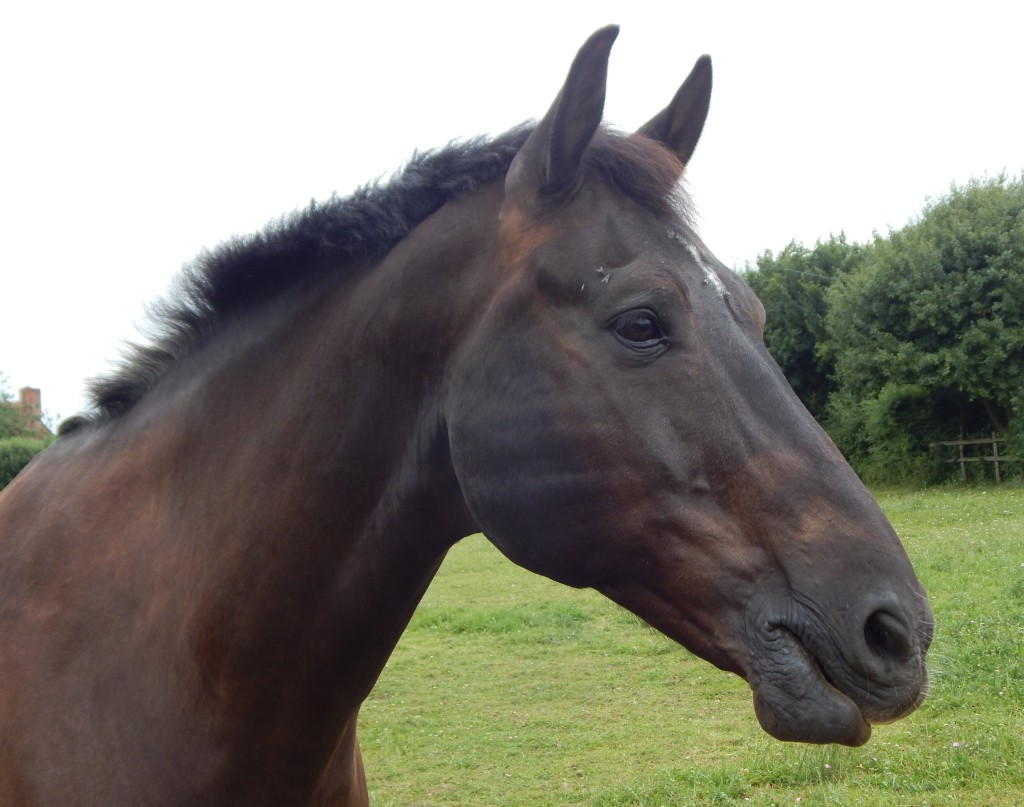
[139] Equus ferus caballus, Horse
Introduction
Equus ferus caballus, the domestic horse is well-known and comes in various forms including Shetland Ponies, Shire Horses and racehorses.
It is a domesticated subspecies and most horses we think of as wild are actually feral populations following escape or release. Two truly wild subspecies continued until recently.
- The Tarpan, Equus ferus ferus died out when the last zoo specimen died in 1908.
- Przewalski’s Horse, Equus ferus przewalskii, was extinct in the wild but a small wild population is being established in Mongolia from surviving zoo animals.
The word pony is used for a horse below a certain height.
Taxonomy
Kingdom – Animals
Phylum – Chordates
Class – Mammals
Order – Perissodactyla (Odd-toed ungulates – includes Rhinoceros and Tapirs)
Family – Equidae (Only one surviving genus)
Genus – Equus (includes Donkey (Ass) and Zebra)
Species – Equus ferus
Subspecies Scientific Name – Equus ferus caballus
Name
Equus and caballus are both Latin for a horse and ferus means wild.
Description
Horses have only one weight-bearing toe in each foot. They are odd-toed (Perissodactyla) unlike cloven-hoofed animals (Artiodactyla) such as [054] Cattle and [077] Deer. The real difference between these groups is that horses digest grass in their intestines, whereas cattle use a number of stomachs.
Anatomically each foot of a horse is just the tip of one toe. The hoof is equivalent to a toenail.
We won’t meet any other odd-toed ungulates in this blog as there are no Zebra, Tapirs or Rhinos at wild in the country.
Horses have several mechanisms to escape from predators, one of which is their speed. They can sleep standing up or lying down and a new-born foal can stand and run almost immediately after birth.

Habitat and use
They are widespread and common, looked after by humans who provide them with food, water, shelter, veterinary services and shoes.
They are used for riding – for pleasure and in various sports. Until the rise of automation they provided transport and pulling power for agriculture.
In different countries they provide meat, milk, hide, hair, bone and pharmaceuticals from pregnant mares.

Types of Horse
There are hundreds of breeds; various named colours and colour patterns; and dozens of words used for types of horse. Unless it was born totally white, any horse with grey or white fur anywhere on its body is called a grey.
The followingterms are generally used – with some variation between sports and countries:
- A Foal is a horse less than a year old.
- A Yearling is aged one year.
- A Colt is a male horse under the age of four.
- A Filly is a female under four.
- A Stallion is an adult male.
- A Mare is an adult female.
- A Gelding is a castrated male.
Regardless of its actual date of birth a horse’s age is increased by one on 1 January each year. (In the Southern Hemisphere it’s 1 August.)


Shoes
The practice of shoeing horses arose about 1000 AD. It protects the hooves and is needed in many circumstances, especially in sports. But not all horses need shoes.
Other Notes
If you don’t walk in the countryside you may only see horses on television.
See also
This is one of the species for which there are no near relatives to look out for, unless you are visiting a zoo or animal park.


P.s. I have only just noticed that the horse in my second picture appears to have three legs. After searching back through my pictures, here is another view.

It looks perfectly happy. The hind leg has developed a bit more muscle to support the extra weight.
